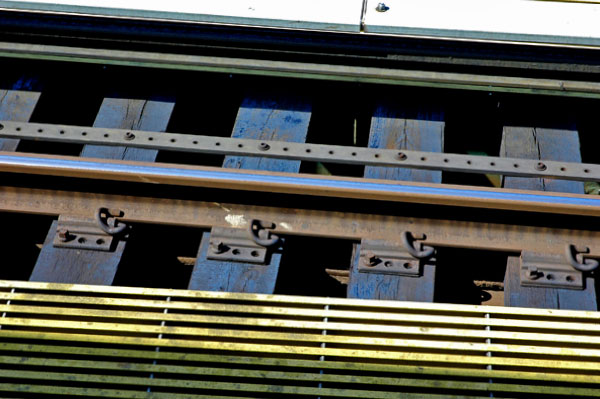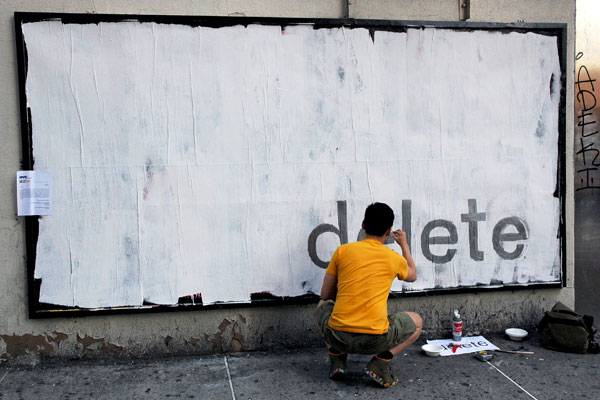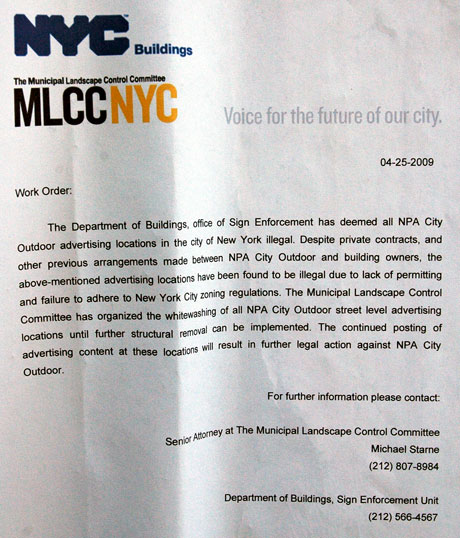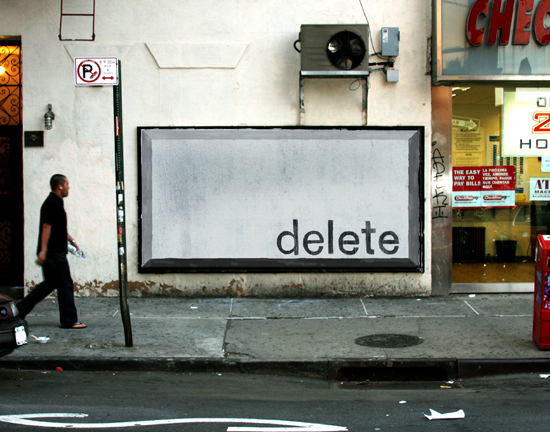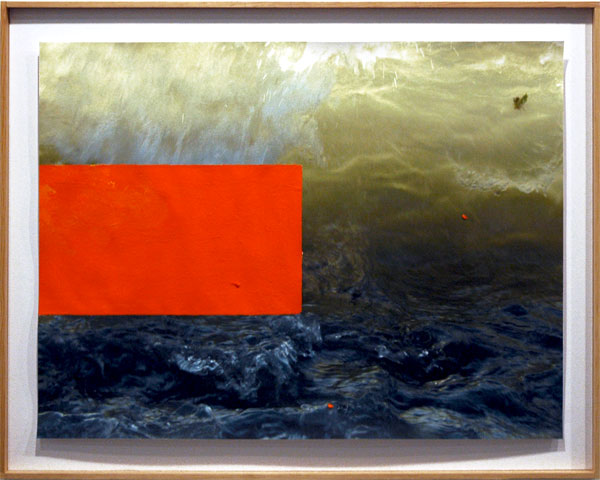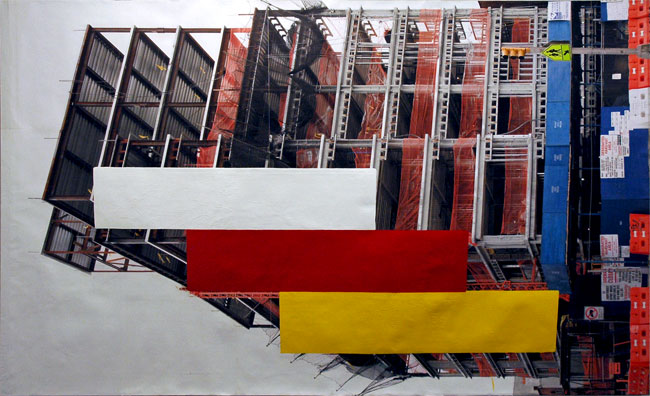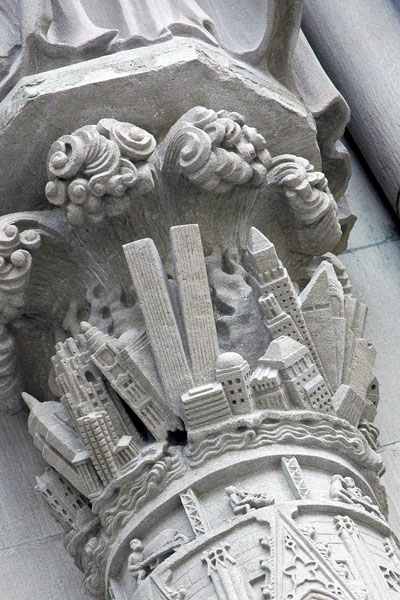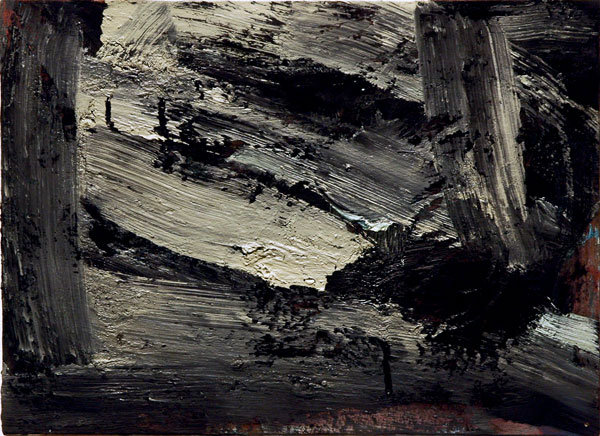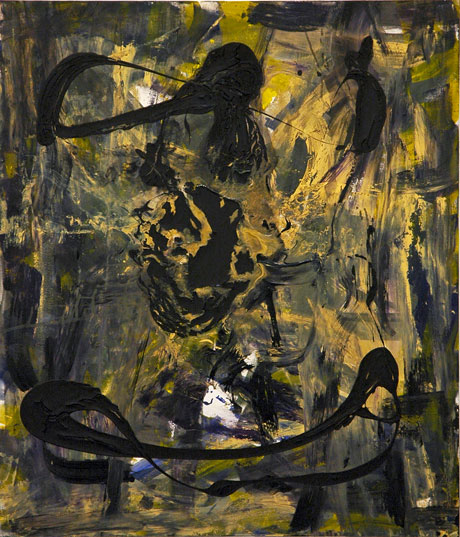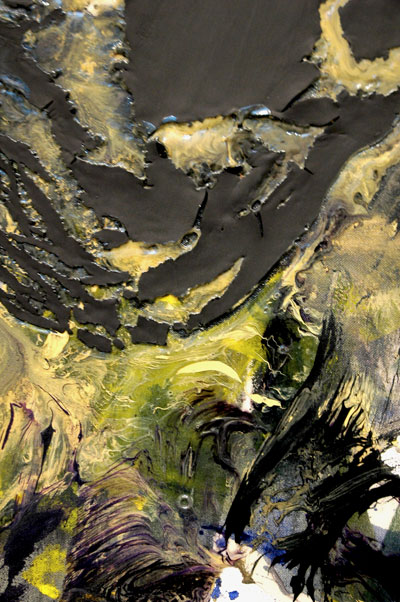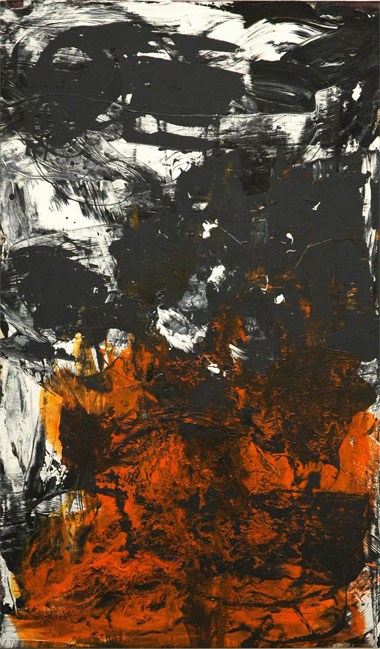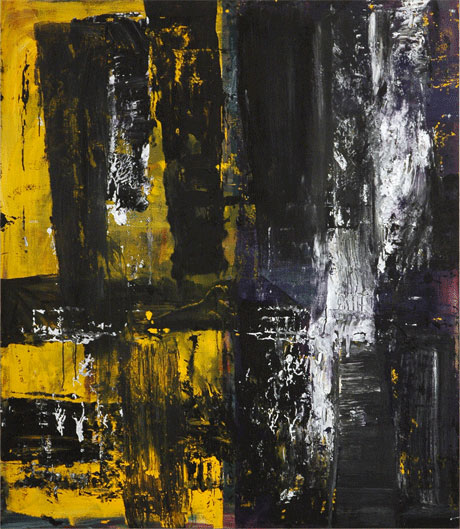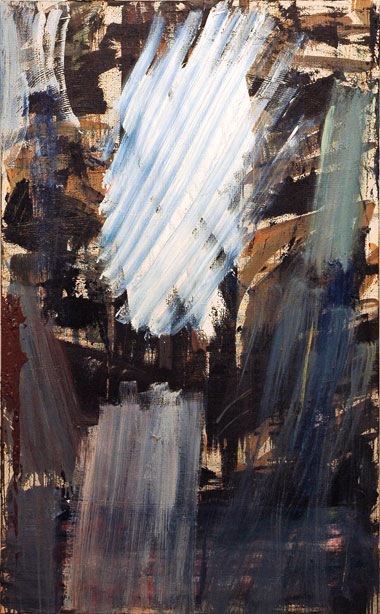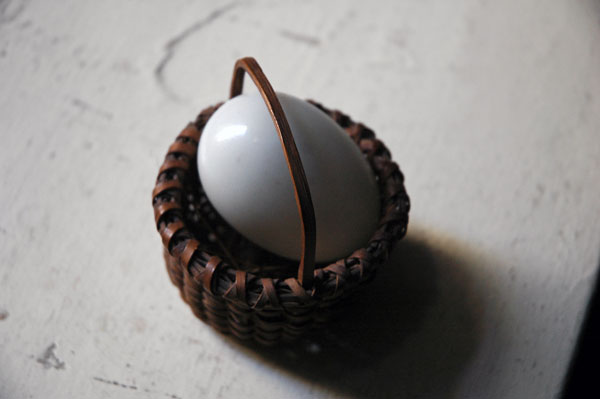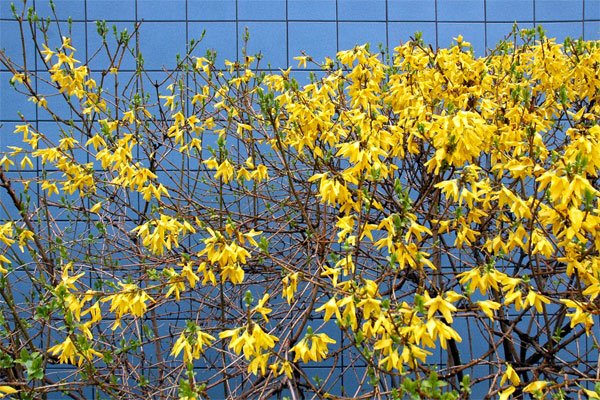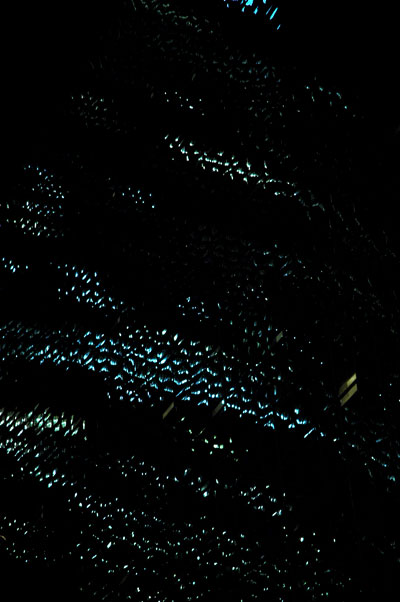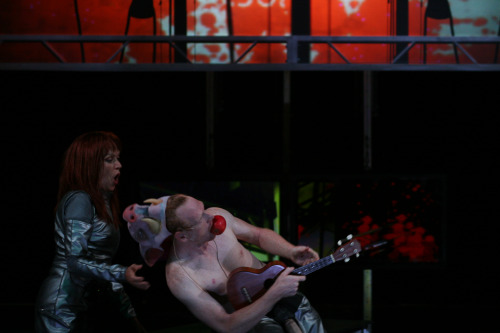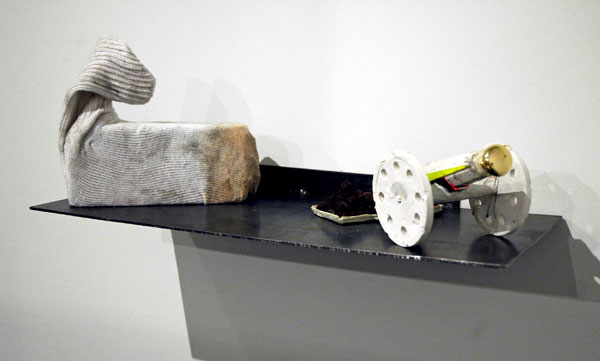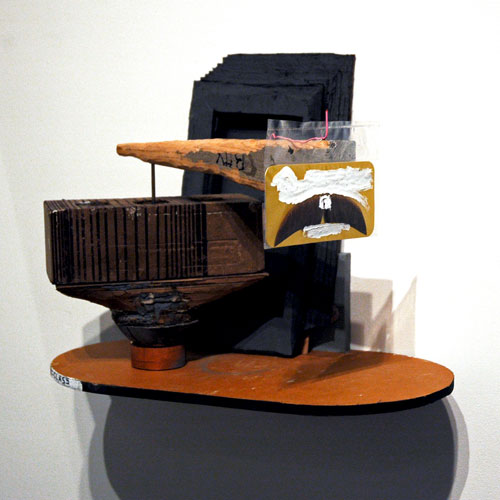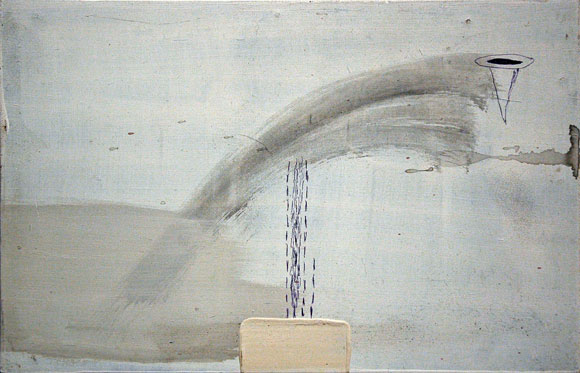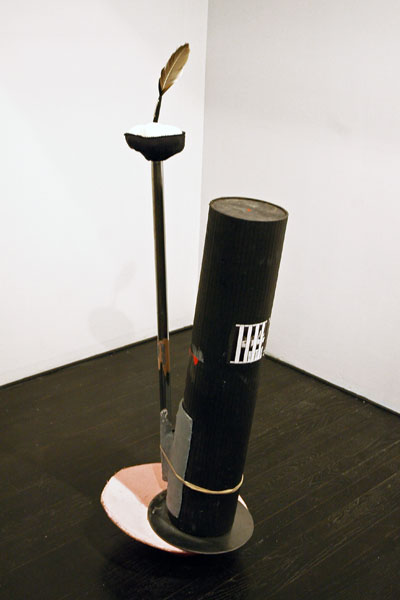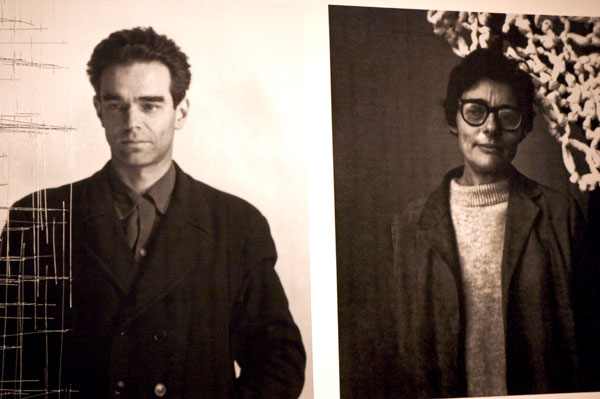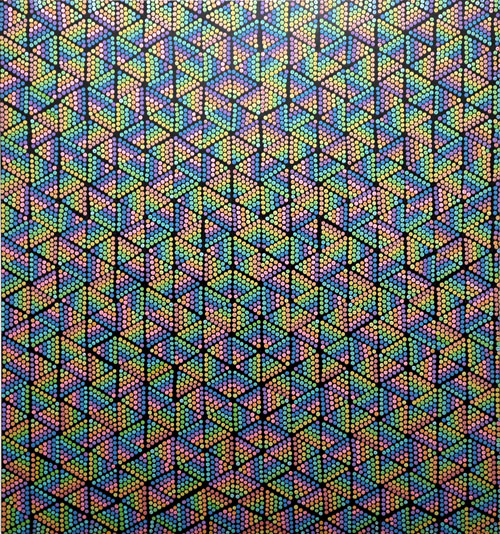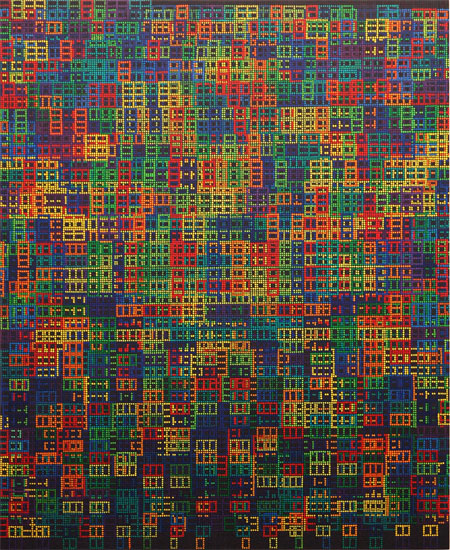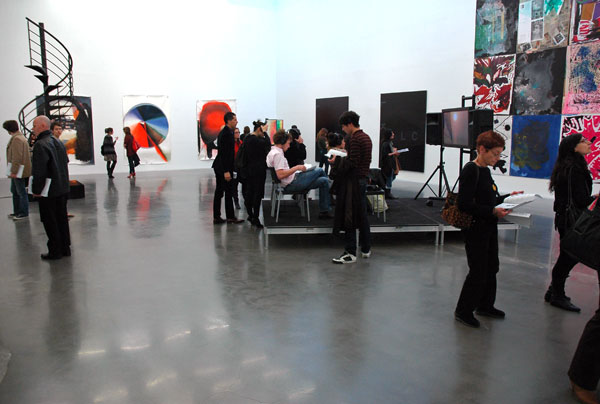
view of the extremely elegant installation on the fourth floor (where I started), showing, from left to right, Loris Gréaud, Kerstin Brätsch, Kerstin Brätsch for DAS INSTITUT (Kerstin Brätsch and Adele Röder), DAS INSTITUT, Adam Pendleton (two large black canvases), Josh Smith (far right), and James Richards (video installation on the platform)
Josh Smith Large Collage (New Museum) 2009 mixed mediums on panel, each 60" x 48" [large detail of 15' x 28' installation]
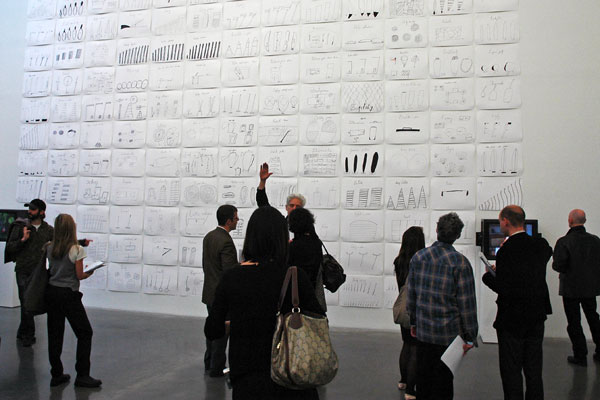
Katerina Šedá It Doesn't Matter 2005-2007 160 photocopied drawings, dimensions variable [large detail of installation, including two monitors showing four videos]

Dineo Seshee Bopape thwebula/ukuthwebula (the process of making someone into a zombie, which is also the same word for photographing someone) 2009 mixed media, dimensions variable [still from video within larger installation]

Icaro Zorbar Golden Triangle 2006 4 turntables, disc, and amplifiers [large detail of installation]
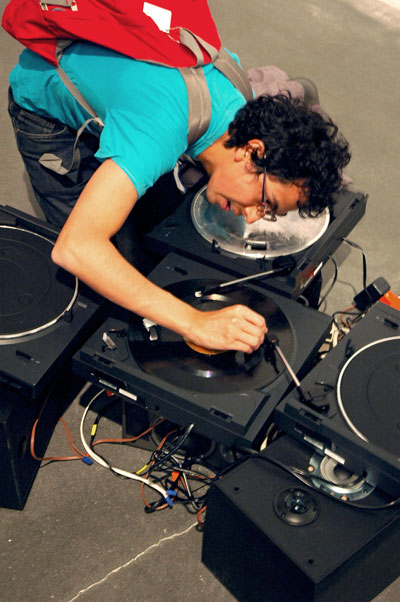
[artist at work]
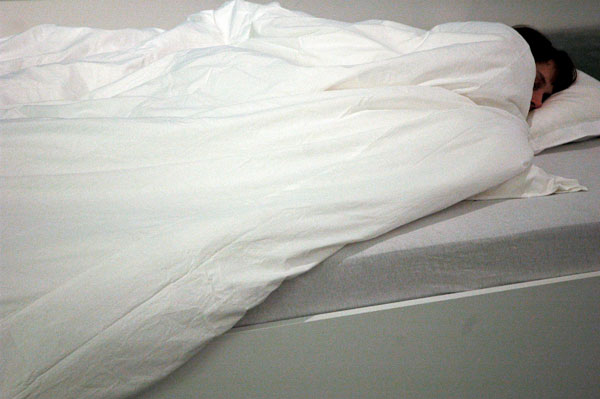
Chu Yun This is XX 2006 female participant, sleeping pill, and bed, dimensions variable [large detail of installation]
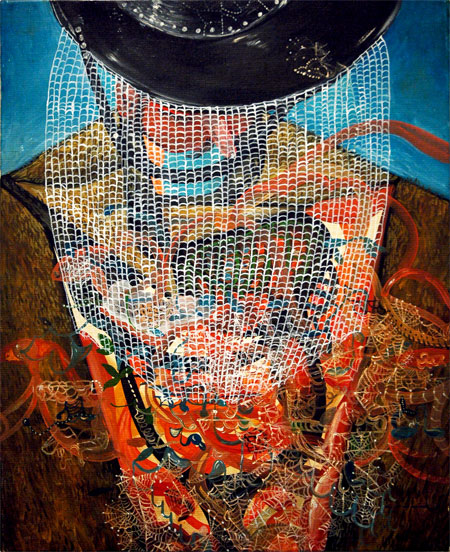
Jakob Julian Ziolkowski Untitled 2007 oil on canvas 15.75" x 12.5"
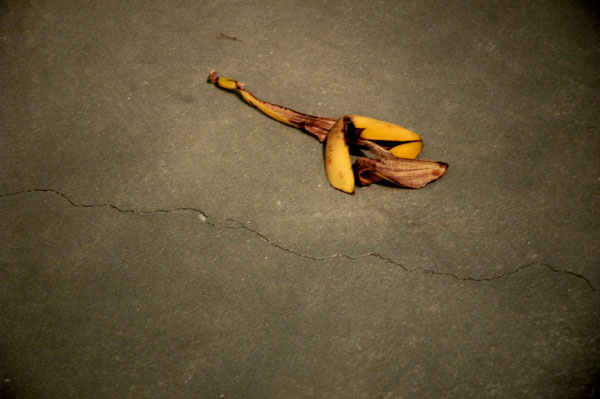
Adriana Lara Installation (banana peel) 2008 [installation view]

Guthrie Lonergan Myspace Intro Playlist 2006 two-channel video, color, sound, 8 min. 13 sec. [large detail of one video channel]
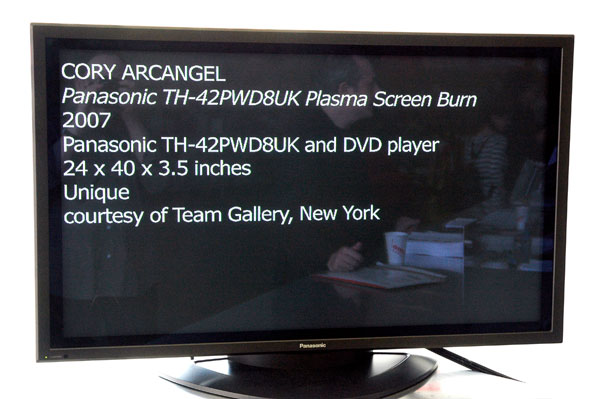
Cory Arcangel Panasonic TH-42PWD8UK Plasma Screen Burn 2007 plasma screen monitor and DVD player 26" x 41" x 21" [view of installation on front counter of Museum]
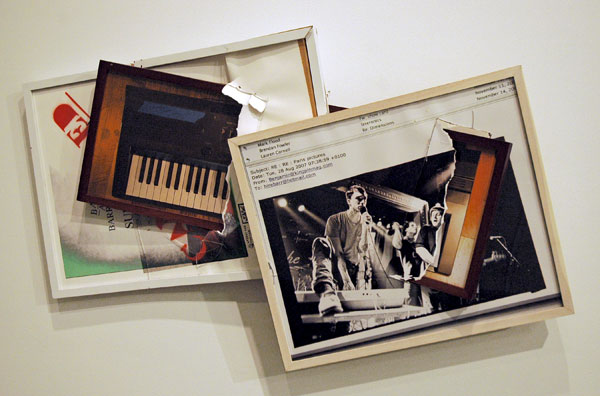
Brendan Fowler Untitled (Spring 2007-Fall 2008) 2009 archival inkjet print, enamel, lightjet photoprint, acrylic and frames [installation view]
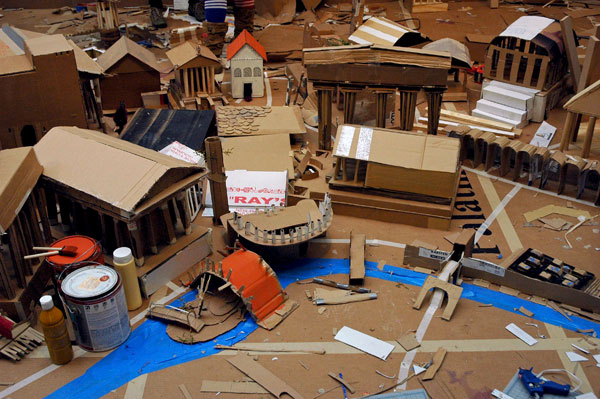
Liz Glynn The 24 Hour Roman Reconstruction Project, or, Building Rome in a Day 2008-2009 24-hour performance and installation with mixed mediums 21' x 21' [detail of installation as of 12:30 pm April 7]
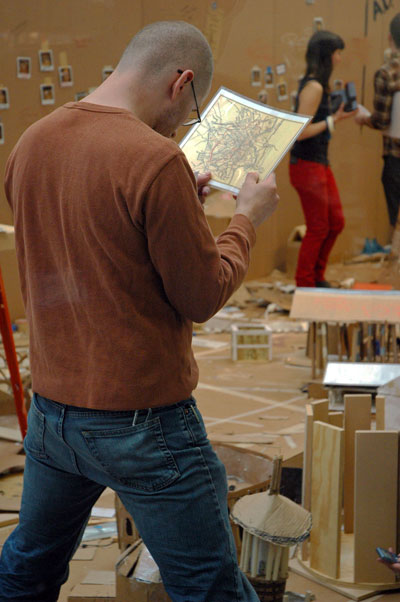
[thumbnails, also taken from the other side of the glass; first, the plan]
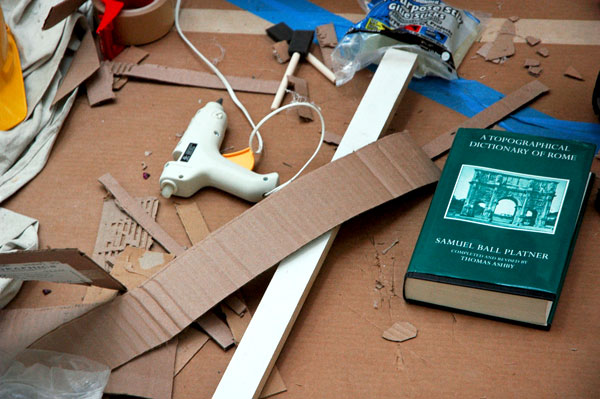
[then, the reference]
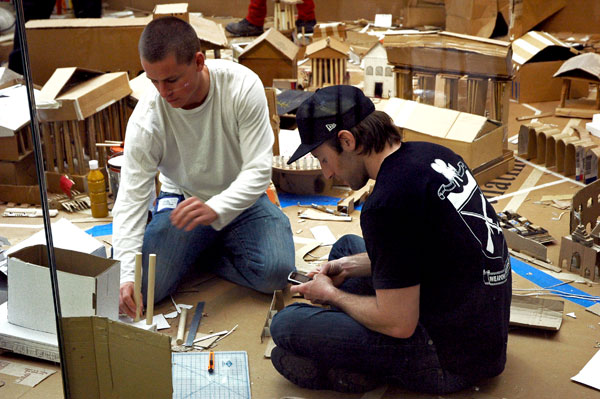
[and a closeup of (some of) the builders]

[finally, the aerial advertising]*
The New Museum's much-anticipated new exhibition, "The Generational: Younger Than Jesus", opens tomorrow on all four floors of the building. It's a wonderful, elegant carnival of a show which doesn't really pretend to represent much more than an accident of birth - in this case, a putative international "generation" of artists who were born around 1980. None of the works installed here ever saw the twentieth century, and many of them joined us just yesterday.
There are some strains running through the rich, heterogeneous catalog assembled by the curators (Lauren Cornell, Massimiliano Gioni, and Laura Hoptman, with Jarrett Gregory, Curatorial Assistant): They include a fascination with obsolescence and the anachronistic; a playful handling of serious issues with an innocence and directness normally confined to childhood; individual identities described by technology as well as the artist's traditional tools (sometimes both); and the intimacy and anonymity of collaboration.
The images shown here are really just a teaser, representing nothing more than what caught my attention on a hurried run through the show and could be quickly captured by my camera before the press preview ended at noon.
*
Hmmm . . . . Nero himself was only 30 when he succumbed to the effects of an assisted suicide.



